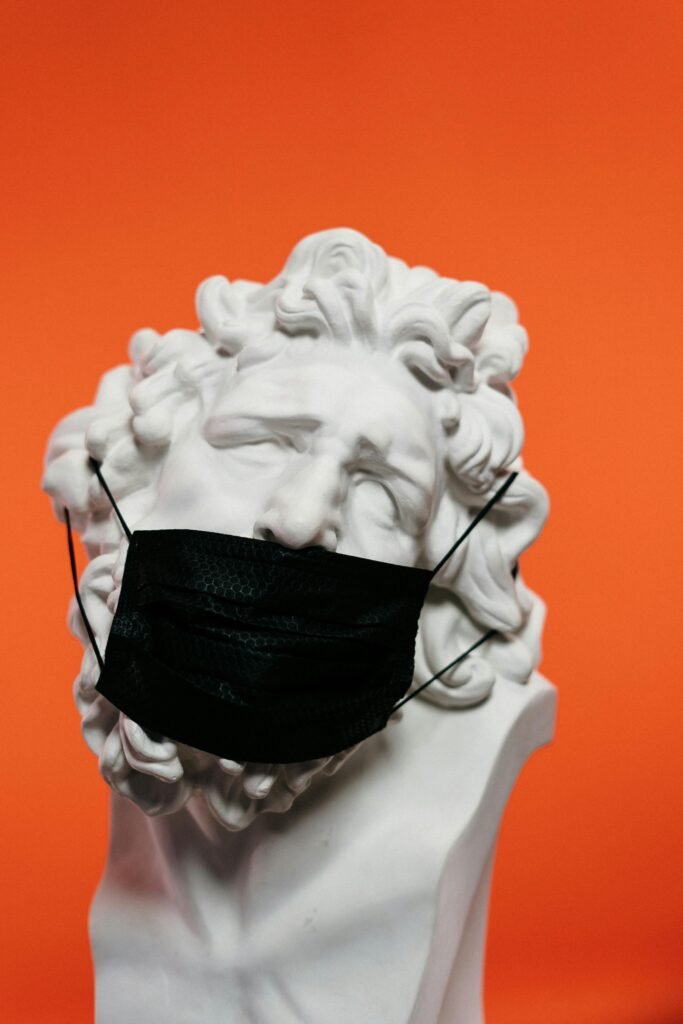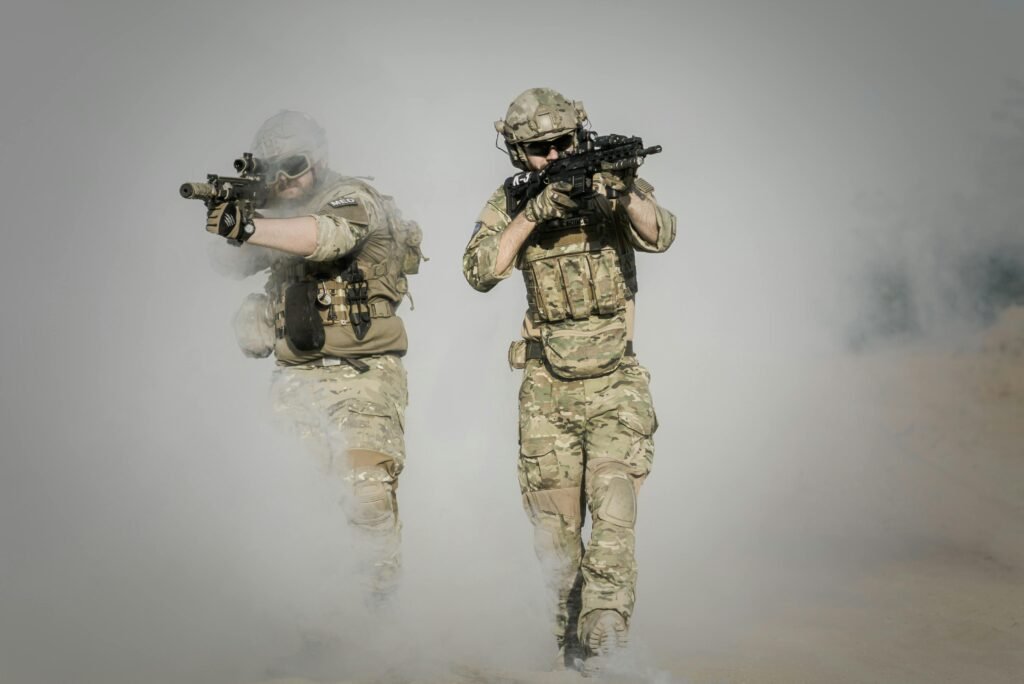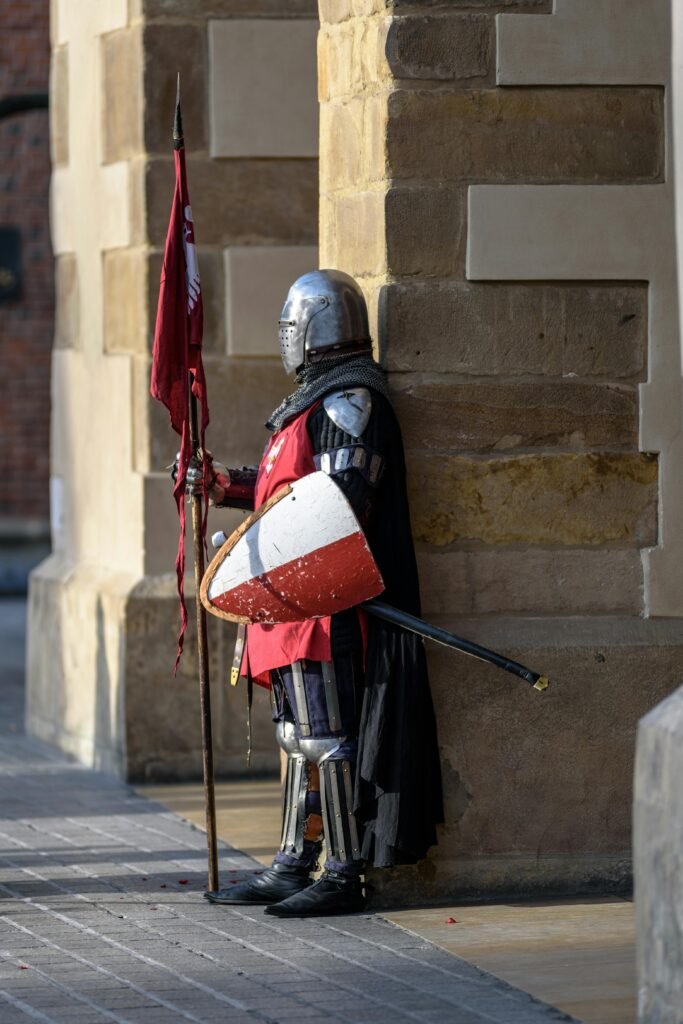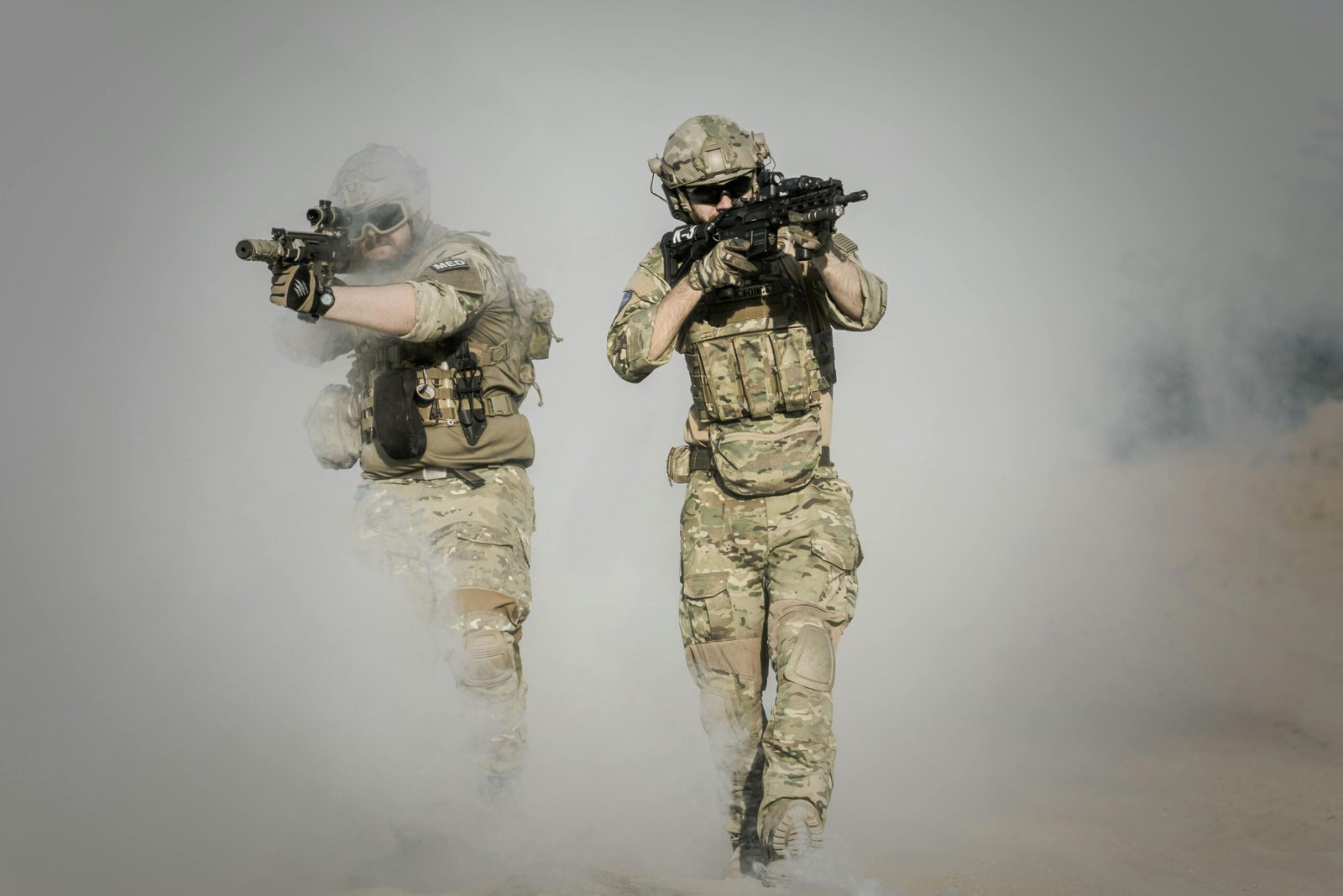Whether you’re a seasoned hunter or a first-time gun owner, finding the perfect gun safe is essential for keeping your firearms secure. While purchasing a brand new safe may sometimes be out of budget, considering a used one can be a great alternative. However, it’s crucial to thoroughly inspect the condition of the used gun safe before finalizing your purchase. From examining the locking mechanism to assessing the overall structural integrity, this guide will walk you through the key factors you should consider when inspecting a used gun safe. By following these steps, you can ensure that your firearms will remain protected and your investment will be well worth it.
A Guide to Inspecting the Condition of Used Gun Safes
When purchasing a used gun safe, it is crucial to thoroughly inspect its condition to ensure it meets your safety and security needs. This guide will provide you with a comprehensive checklist to help you assess the exterior, locking mechanism, door and hinges, fire protection, interior space, internal condition, accessories and extras, brand and reputation, price and value, as well as the importance of a professional inspection. By following these steps, you can make an informed decision and invest in a used gun safe that will protect your firearms for years to come.

This image is property of images.pexels.com.
Exterior Inspection
Physical Damage
During the exterior inspection, check for any signs of physical damage. Look for dents, scratches, or other visible marks that may indicate rough handling or accidents during transportation or use. Minor cosmetic imperfections may not affect the overall functionality of the safe, but significant damage could compromise its structural integrity.
Rust or Corrosion
Inspect the exterior for any signs of rust or corrosion. Rust can weaken the metal, making the safe more vulnerable to burglars or fire. Pay close attention to areas that are more prone to moisture, such as corners, edges, or near hinges. If there are only minor traces of rust, it may be possible to remove them with appropriate cleaning and refinishing methods.
Paint or Coating
Check the paint or coating on the exterior of the safe. Look for any chipped or peeling areas, as this may indicate poor maintenance or exposure to harsh environments. A worn-out or damaged paint job can also be a sign of neglect, which could raise concerns about the overall care and maintenance of the safe.
Locking Mechanism
Key Locks
If the used gun safe you are considering has a key lock, ensure that it comes with the necessary keys. Test the locks to ensure they work smoothly without any resistance or jamming. It’s also a good idea to examine the key itself for any signs of excessive wear or damage.
Combination Locks
For combination locks, check that the numbers on the dial are clearly visible and legible. Test the combination lock by following the manufacturer’s instructions to ensure it opens and locks correctly. If you notice any difficulties or inconsistencies, it may be a sign that the lock mechanism requires servicing or replacement.
Electronic Locks
If the used safe is equipped with an electronic lock, examine the keypad and display for any signs of wear or malfunction. Test the electronic lock by entering the correct code to unlock the safe. Check for any delays, error messages, or other abnormal behavior. It is essential for an electronic lock to be in good working order to ensure quick and reliable access to your firearms.

This image is property of images.pexels.com.
Door and Hinges
Door Alignment
Proper door alignment is crucial for the security and operability of a gun safe. Check if the door opens and closes smoothly without any jamming or sticking. Ensure there are no visible gaps or misalignment when the door is closed, as this could compromise the safe’s ability to withstand forced entry attempts.
Hinge Strength
Inspect the hinges of the gun safe’s door. They should be sturdy, secure, and show no signs of sagging or excessive wear. Hinges play a crucial role in the safe’s overall security, as they support the weight of the door and ensure its proper functioning. Weak or damaged hinges could make it easier for unauthorized individuals to gain access to your firearms.
Boltwork
Examine the boltwork mechanism, which is responsible for securing the door of the gun safe. Check for any signs of damage, corrosion, or misalignment. The bolts should extend fully when the safe is locked, ensuring a tight and secure seal. Faulty or compromised boltwork can jeopardize the safe’s ability to protect your firearms from theft or unauthorized access.
Fire Protection
Fire Rating
Fire protection is a critical aspect to consider when purchasing a gun safe. Look for a fire rating that meets your specific needs. Fire ratings indicate the amount of time the safe can withstand high temperatures without damaging its contents. Common fire ratings range from 30 minutes to several hours. Choose a safe with a fire rating that aligns with your local fire department’s response time.
Insulation
Examine the insulation material inside the safe. Insulation plays a vital role in protecting your firearms from extreme heat during a fire. It should be intact, without any significant signs of damage or degradation. Ensure that the insulation material is properly spread throughout the interior to provide consistent heat resistance.
Seals and Gaskets
Check the seals and gaskets around the door of the gun safe. These components create a barrier against smoke, heat, and water during a fire. Inspect them for any signs of wear or damage, such as cracking or peeling. A damaged seal may compromise the safe’s ability to maintain its fire-resistant properties.

This image is property of images.pexels.com.
Interior Space
Size and Capacity
Evaluate the size and capacity of the gun safe’s interior. Ensure it can comfortably accommodate your firearms and any additional accessories or valuables you intend to store. Consider the dimensions, number of gun slots, and adjustable shelving options to optimize the interior layout and make the most of the available space.
Shelving or Racks
Inspect the condition of the shelving or racks inside the gun safe. Check for sturdiness, proper installation, and adjustability. Ensure that the shelving or racks can support the weight of your firearms without bending or collapsing. Well-designed shelving or racks provide organized storage and easy access to your guns.
Organizational Features
Look for additional organizational features, such as door-mounted pouches or pockets, pistol holders, or dedicated slots for storing ammunition or accessories. These features can enhance the functionality and convenience of the gun safe, helping you keep your firearms and related items neatly organized and readily accessible.
Internal Condition
Rust or Moisture Damage
During the internal inspection, check for any signs of rust or moisture damage. Moisture can build up inside the safe, especially if it was stored in a humid environment or lacked proper ventilation. Look for rust spots, especially on gun barrels or other metal components. Significant rust or moisture damage can compromise the integrity and functionality of your firearms.
Warping or Bending
Inspect the interior walls, shelves, or racks for any signs of warping or bending. Extreme temperatures or improper storage may cause materials to warp over time. Warped or bent surfaces may pose difficulties when inserting or removing firearms from the safe and can reduce the overall lifespan of the gun safe.
Lining and Upholstery
Evaluate the condition of the lining and upholstery inside the safe. The lining should be intact and free from tears, loose threads, or excessive wear. Upholstery helps protect your firearms from scratches and other damage during storage. Ensure that the lining and upholstery are clean and well-maintained.
Accessories and Extras
Additional Locking Devices
Consider if the used gun safe comes with any additional locking devices, such as internal protein latches or secondary locks for added security. These devices can further enhance the safe’s resistance to unauthorized access and provide peace of mind.
Bolt-down Kit
Check if a bolt-down kit is included with the gun safe. A bolt-down kit allows you to securely anchor the safe to the floor, preventing it from being easily moved or stolen. If the bolt-down kit is missing, it may be possible to purchase one separately from the manufacturer.
Lighting and Power Outlets
Some modern gun safes offer built-in lighting and power outlets. Evaluate if the used safe you are considering has these features and check their condition. Proper lighting allows you to easily locate your firearms and accessories, while power outlets provide convenient charging options for electronic devices, such as firearm accessories or emergency contact devices.
Brand and Reputation
Research the Manufacturer
Before purchasing a used gun safe, research the manufacturer’s reputation in the industry. Established and reputable companies often prioritize quality, durability, and customer satisfaction. Look for manufacturers with a strong track record in producing reliable and secure gun safes.
Check Customer Reviews
Read customer reviews and testimonials about the specific model and brand of the gun safe you are considering. Customers’ experiences can provide valuable insights into the safe’s performance, durability, and potential issues. Pay attention to recurring complaints or praises to determine if the used safe aligns with your expectations.
Warranty and Support
Investigate if the used gun safe retains any remaining warranty or support from the manufacturer. A valid warranty allows you to address any manufacturing defects or malfunctions that may arise after the purchase. Additionally, inquire about the availability of customer support or repair services to ensure you have a reliable resource in case of any future issues.
Price and Value
Research Market Prices
To determine the fair price for a used gun safe, research the market prices for comparable models and conditions. Consider factors such as the safe’s age, features, brand reputation, and overall condition. By doing thorough research, you can better negotiate a fair price and ensure you are getting the best value for your investment.
Consider the Condition
The condition of a used gun safe significantly affects its value. Factor in any damages, wear and tear, or missing components when assessing the condition. Adjust your price expectations accordingly, keeping in mind that repairs or replacements may be necessary to restore the safe to optimal condition.
Factor in Extra Costs
In addition to the purchase price, consider any extra costs that may arise. For instance, if the safe requires significant repairs or refurbishment, this may add to the overall expense. Additionally, factor in the cost of transporting and installing the safe, as well as any accessories or extras you may need to purchase separately.
Professional Inspection
Contact a Safe Expert
If you have any doubts about your ability to comprehensively assess the condition of a used gun safe, consider consulting a safe expert or locksmith who specializes in gun safes. They have the necessary knowledge and experience to evaluate the structural integrity, functionality, and security of the safe, providing you with unbiased and professional insights.
Request Detailed Photos
Before investing in a used gun safe, request detailed photos from the seller. High-resolution images can help identify any hidden flaws or damages that may not be immediately apparent. Pay close attention to areas such as hinges, locks, corners, and the interior to ensure they are in good condition.
Schedule an In-person Inspection
If possible, schedule an in-person inspection of the used gun safe. Seeing the safe firsthand allows you to thoroughly examine its condition and test its various components. Inspect the exterior, interior, locking mechanism, fire protection features, and any other aspects outlined in this guide. A hands-on inspection is the most reliable way to ensure the used gun safe meets your expectations and requirements.
By following this comprehensive checklist, you can confidently inspect the condition of a used gun safe and make an informed decision. Prioritizing factors such as physical damage, locking mechanism, door and hinges, fire protection, interior space, internal condition, accessories and extras, brand and reputation, price and value, as well as considering a professional inspection, will ensure you invest in a gun safe that will offer maximum security and protection for your firearms. Remember, a thorough inspection is essential to guarantee the safety and longevity of your valuable firearms. Happy safe hunting!
